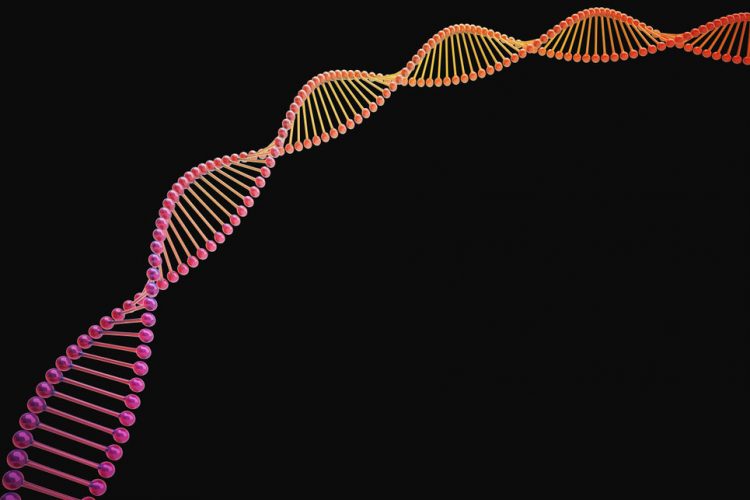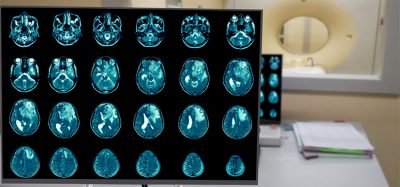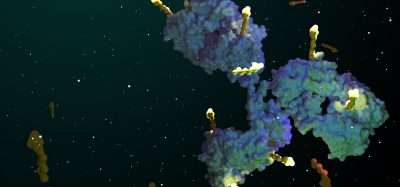An advance for precision medicine
Posted: 10 April 2018 | Drug Target Review | No comments yet
Discovery allows scientists to index thousands of cells simultaneously, a 40-fold increase from the current method…


Scientists have for the first time developed a method to quickly and efficiently recognise the subtypes of cells within the body. The discovery will improve understanding of disease at the molecular level. This new technology ultimately could enable the development of precise treatments of conditions such as cancer, disorders that destroy neurons in the brain, and diseases that affect the heart and blood vessels.
The new technology provides a method to scale up a previously known method for profiling cell types distinguished by the pattern of chemical markers by studying their DNA.
This technology reduces the cost to prepare single-cell DNA methylation libraries to less than 50 cents per cell from $20 to $50 per cell
“It will be incredibly valuable in any environment where there is cell type heterogeneity [diversity],” said Dr Andrew Adey, senior author, Assistant Professor of molecular and medical genetics in the OHSU School of Medicine and a member of the Knight Cardiovascular Institute. “The major areas of interest will be cancer and neuroscience, but we are also applying it to cardiovascular disease.”
Biomarkers are redefining how precision therapies are discovered, validated and delivered.
This exclusive expert-led report reveals how leading teams are using biomarker science to drive faster insights, cleaner data and more targeted treatments – from discovery to diagnostics.
Inside the report:
- How leading organisations are reshaping strategy with biomarker-led approaches
- Better tools for real-time decision-making – turning complex data into faster insights
- Global standardisation and assay sensitivity – what it takes to scale across networks
Discover how biomarker science is addressing the biggest hurdles in drug discovery, translational research and precision medicine – access your free copy today
All cells carry the same genome, the complete set of genes encoded within the cell. The pattern of which genes are expressed in a given cell is what distinguishes a neuron from, say, a liver cell. Even then, it turns out that there are distinctions between similar cells. In 2017, scientists demonstrated a way of discerning subtypes of neurons by measuring the chemical markers between them — the pattern of methyl groups connected to its DNA, known as its methylome.
The new research by Dr Adey and co-authors develops a method for profiling the methylome of large numbers of individual cells at one time by adding unique DNA sequence combinations, or indexes, to each cell that are read out by a sequencing instrument. The scientists used the new indexing method on several human cell lines and from a mouse brain to reveal the methylome of 3,282 single cells. That’s roughly a 40-fold increase in throughput from the existing method of single-cell sequencing.
“We can profile thousands of cells simultaneously,” Dr Adey said. “This technology reduces the cost to prepare single-cell DNA methylation libraries to less than 50 cents per cell from $20 to $50 per cell.”
The findings will be published in the journal Nature Biotechnology.
Related topics
DNA, Genomics, Neurosciences, Precision Medicine, Therapeutics
Related conditions
Brain disease, Cancer
Related organisations
OHSU School of Medicine
Related people
Dr Andrew Adey







